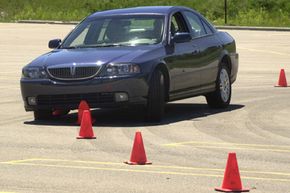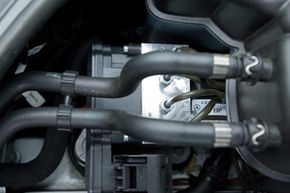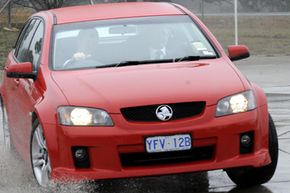Driving safety took a big step forward in the mid-1990s when electronic stability control was introduced. The German auto supplier Bosch developed the first system, and the Mercedes-Benz S-Class and BMW 7-series were the first cars to use the new safety and regulatory devices.
It's been more than a decade since electronic stability control was first introduced, and it goes by many names, depending on the company. Audi calls it the Electronic Stability Program, or ESP; at Ford, it goes by Advance Trac. GM has Stabilitrak, and Porsche puts its stamp on the system by dubbing it Porsche Stability Management.
Advertisement
But all of these systems, no matter their names, use high-tech sensors, the car's central computer and mechanical actions to assist in driving safely. We often read about high-performance cars having a tendency to understeer or oversteer; but the truth is, any car can veer off course, especially if the road is slippery.
Understeer happens when the front wheels don't have enough traction and the car continues moving forward rather than turning. Oversteer is just the opposite: the car turns farther than the driver intended causing the rear wheels to slide and the car to spin. ESC, as electronic stability control is often known, can help correct both of these situations.
Now that you know the basics, read on to find out how this advanced safety system operates during an emergency.
Advertisement




